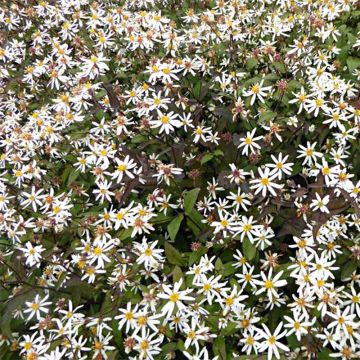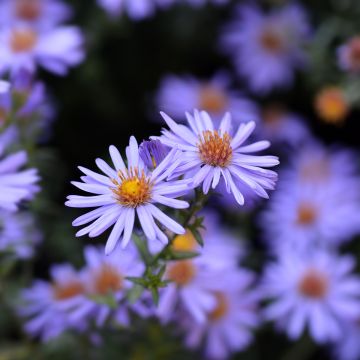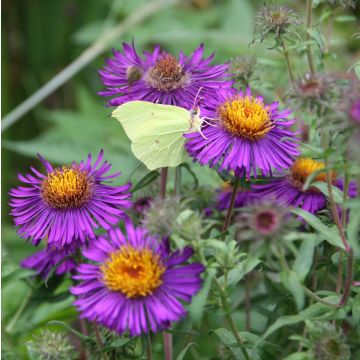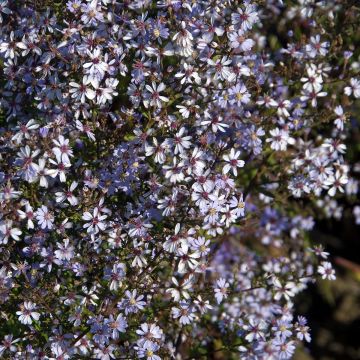Autumn Asters
Would this plant suit my garden? Set up your Plantfit profile →
Available in 2 sizes
Available in 3 sizes
Available in 2 sizes
Available in 0 sizes
Available in 1 sizes
Available in 1 sizes
Available in 1 sizes
Available in 2 sizes
Available in 3 sizes
Available in 0 sizes
Available in 2 sizes
Available in 1 sizes
Available in 1 sizes
Available in 1 sizes
Available in 2 sizes
Available in 2 sizes
Available in 0 sizes
Available in 2 sizes
Available in 2 sizes
Available in 1 sizes
Available in 1 sizes
Available in 2 sizes
Available in 1 sizes
Available in 1 sizes
Available in 1 sizes
Available in 1 sizes
Available in 2 sizes
Available in 2 sizes
Available in 2 sizes
Available in 1 sizes
Available in 2 sizes
Available in 1 sizes
Available in 1 sizes
Available in 2 sizes
Available in 2 sizes
Available in 1 sizes
Available in 1 sizes
Available in 1 sizes
Available in 1 sizes
Available in 1 sizes
Available in 1 sizes
Available in 3 sizes
Available in 1 sizes
Available in 1 sizes
Available in 1 sizes
Available in 1 sizes
Available in 1 sizes
Available in 1 sizes
Available in 1 sizes
Our range of autumn Asters, giving flowers until October-November. Many late-flowering varieties are derived from Aster novae-angliae and A. novi-belgii, now known as Symphyotrichum. Among them, the famous cultivars 'Andenken an Alma Pötschke' with its beautiful ruby red colour, or 'Aster novae-angliae 'Barrs Blue', have made the reputation of these perennials in gardens. Many other beautiful species and varieties flower late in the season: let's mention Aster turbinellus, one of the last to bloom in October-November, resistant to summer drought. But also Aster tradescantii, a large plant with small silver-white stars blooming by the thousands from September to late October. Also discover Aster sedifolius, a delicate Mediterranean botanical species adapted to very dry summers, or the amazing Aster linosyris which comes alive with small yellow pompoms at the end of the season. And many others, including Asters ageratoïdes, A. cordifolius, A. divaricatus, etc. We admire their white, blue, mauve or pink star-shaped flowers that harmonise wonderfully with the colours of autumn, lasting until the first frosts. All these perennial plants are floriferous and tolerate full sun. Depending on the varieties, they grow in moist or dry soil.
Haven't found what you were looking for?







































































































